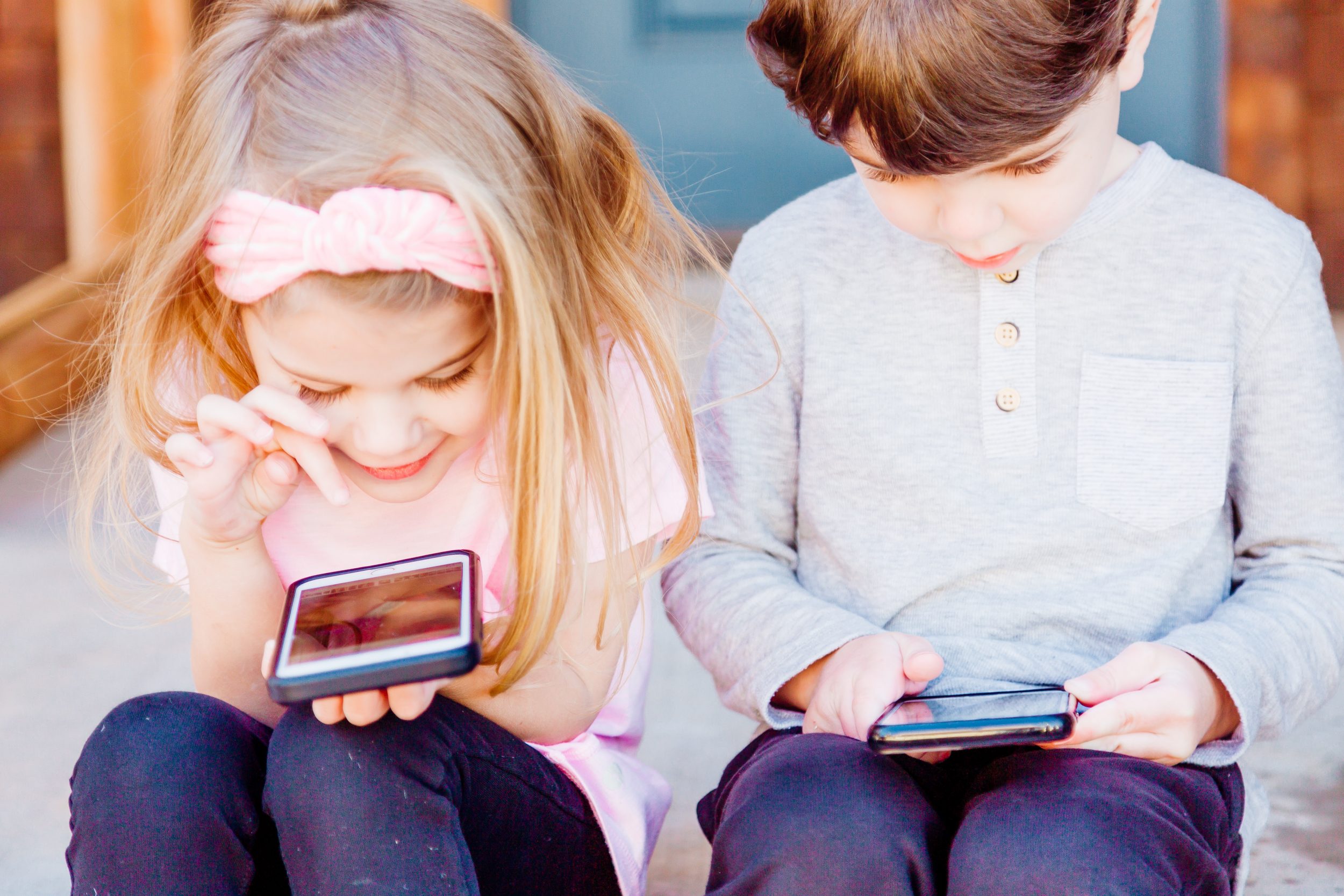 In previous iterations of the Audiovisual Media Services Directive (AVMSD), media literacy has played a key role in prioritising the ‘skills, knowledge and understanding that allow consumers to use media effectively and safely’. As the Commission considers the next update of the Directive, recent data from the EU Kids Online project on 9-16 year olds’ experiences of risk and safety online, and their actual and preferred sources of information on internet safety, highlight the need for greater availability of information and advice about safe online use.
In previous iterations of the Audiovisual Media Services Directive (AVMSD), media literacy has played a key role in prioritising the ‘skills, knowledge and understanding that allow consumers to use media effectively and safely’. As the Commission considers the next update of the Directive, recent data from the EU Kids Online project on 9-16 year olds’ experiences of risk and safety online, and their actual and preferred sources of information on internet safety, highlight the need for greater availability of information and advice about safe online use.
Parents are key sources, need more information
The findings show that children and young people currently get internet safety advice first from parents (63%), then teachers (58%) and then peers (44%). This pattern is fairly consistent across Europe, though for older teenagers and for children from lower SES homes, advice from teachers overtakes that of parents. Importantly, the research shows that parental advice to children is the only the factor that can be consistently related to a lower risk of encountering online risks; it is also linked to a decrease in the likelihood of acting in a nasty or hurtful way towards others.[1]
In the first instance, support for parents should remain a policy priority with increased emphasis upon educational and awareness-raising efforts that improve public understanding of media literacy.
Parents currently get internet safety advice first from family and friends (48%) rather than from more formal channels such as traditional media (32%), the child’s school (27%), government or local authorities (7%) or children’s welfare organization (4%).
There is a clear appetite for more information on internet safety amongst parents as only around 9% say that they don’t want further information on internet safety. A direct comparison between the actual and desired sources of information suggests that more parents would like information to come to them through schools and from the government. However, there is no ‘one size fits all’ solution. Most parents will disseminate information about safe internet use to their children, regardless of the method by which they have acquired it. But parents who have not received any online safety information are less likely to have given such advice to their children, compared with parents who have received advice.
Schools are the preferred source for parents
When asked to identify their preferred source of information about internet safety, the child’s school was the most popular choice among parents. Schools uniquely have the ability to reach all children and consequently, therefore levels of teacher involvement in promoting media literacy should be further prioritised.[2]
It is noteworthy that the youngest children surveyed (9-10 years) report getting the least safety advice from their teachers, even though ever younger children are gaining access to the internet across a variety of devices. Primary schools in particular should increase their education efforts around media literacy and safety guidance for pupils.
Industry and civil society need encouragement and co-ordination
The low take up of information support from industry sources is a cause for concern:
- Traditional media (radio, television, newspapers or magazines) are mentioned by 32% of parents;
- Internet service providers are cited by just 22%, and websites with information by 21% of parents;
- Information supplied by manufacturers and retailers selling products are used by just 10% of parents.
- Children also appear to lack trust when it comes to reporting or talking to someone in authority: when something upset them online, just 7% spoke with a teacher and 2% to a person whose job it is to support children.
There is considerable scope, therefore, for industry to increase awareness of its own efforts in relation to internet safety and to build trust in its capacity to respond to children’s concerns. The ‘Strategy for a Better Internet for Children’ calls on industry to step up its support for user-friendly tools and safety features and to work proactively with NGOs and schools to support digital and media literacy.
This important emphasis on industry tools and awareness should be further encouraged through co-regulatory measures, and it should be verified through independent evaluation. Some examples already exist and should be encouraged. A CEO Coalition of 31 leading companies was recently established to address the five key objectives of i) simple and robust tools for users, ii) age-appropriate privacy settings, iii) wider use content classification; iv) wider availability and use of parental control and v) effective removal of child abuse material. Members of the self-regulatory ICT Coalition have also pledged to support education and awareness-raising of internet safety on behalf of its members.
Civil society, NGOs and independent groups are also important actors in awareness-raising for online safety. However, across the EU their initiatives do not follow a common strategy, and are often fragmented even within individual countries. This arises partly from their diverse funding sources and partly because they work in different cultural/political/economic contexts. There is a need, therefore, for greater cohesiveness across the sector.
Sustainable funding mechanisms for literacy and safety initiatives, as well as independent evaluation of their effectiveness, are now vital to guide and improve future developments in this area. Appropriate mechanisms to promote pan-industry support for partnerships in digital and media literacy would be a valuable means of connecting industry knowledge of current technological trends with the pedagogical expertise of civil society groups.
This article gives the views of the author, and does not represent the position of the LSE Media Policy Project blog, nor of the London School of Economics.
[1] Staksrud, E. and Ólafsson, K. (forthcoming, 2013). Awareness strategies, mobilisation and effectiveness. In B. O’Neill, E. Staksrud & S. McLaughlin (Eds.), Towards a Better Internet for Children? Policy Pillars, Players and Paradoxes Goteborg: Nordicom, UNESCO International Clearinghouse for Children, Youth and Media.
[2] (2013). EU Kids Online II Final Report – London School of Economics and … Retrieved from http://eprints.lse.ac.uk/39351/




